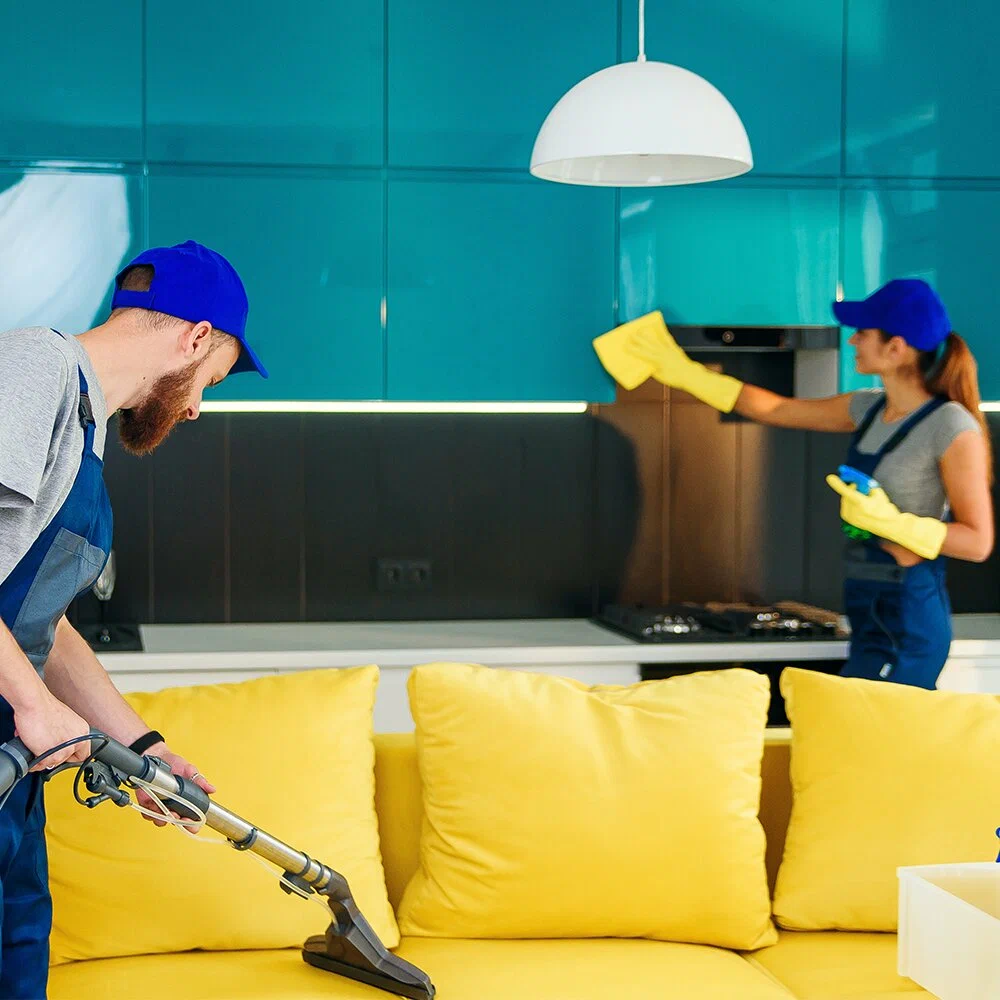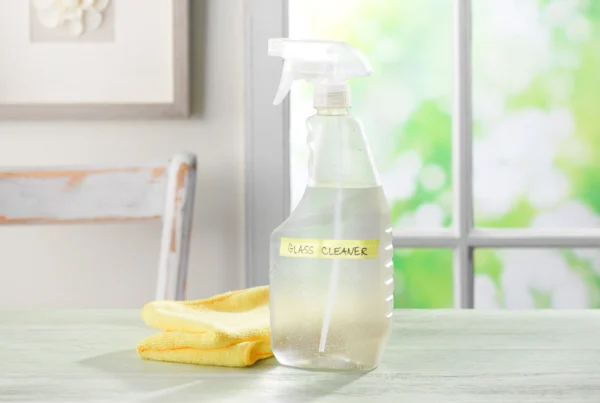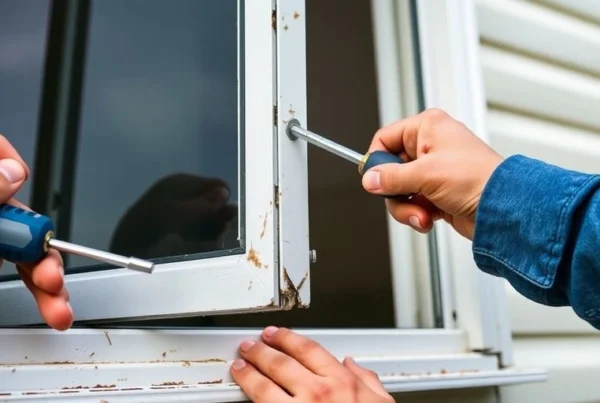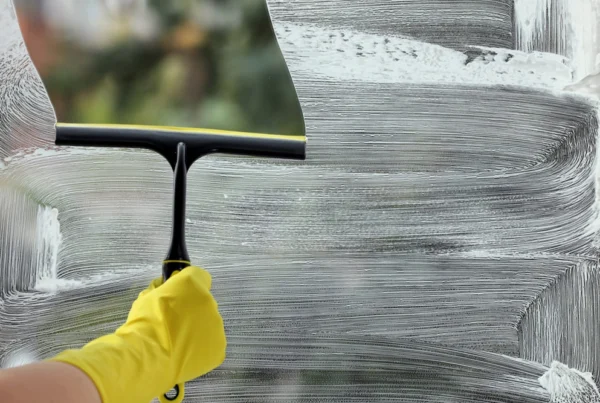Honeycomb Shades Looking Dusty? Here’s How to Gently Clean Them
Honeycomb shades, also known as cellular shades, are a popular window treatment choice for homeowners due to their stylish design and impressive insulation capabilities. They provide privacy, reduce energy costs, and come in a range of colors and styles. But like all fabric-based furnishings, they tend to accumulate dust and debris over time.
A common question that arises is: How to clean honeycomb window shades? Given their pleated and cellular structure, they’re a bit more delicate than standard blinds, requiring special care and the right tools. Without proper cleaning, these once-beautiful shades can begin to look dull, dusty, or even stained. In this guide, you’ll learn how to maintain their beauty and structure while cleaning them safely and effectively. And if you ever feel unsure, ProClean’s House Cleaning Vancouver team is just a call away to handle your shade cleaning with expert care.
How to Clean Honeycomb Window Shades?
Cleaning honeycomb blinds isn’t as complicated as it may seem; it’s all about using the correct techniques and materials. With a little consistency, your shades can continue looking fresh and provide optimal functionality for years.
Routine Dusting and Maintenance
Tools for Dusting
Keeping your shades clean starts with weekly or bi-weekly dusting. These are the best tools to use:
- Feather duster: Choose a soft feather duster; ostrich feathers are highly recommended as they attract fine dust and are gentle on fabric.
- Vacuum cleaner: Use a vacuum with a soft brush attachment and set it to low suction. This allows you to remove dust without pulling or damaging the pleats.
- Microfiber cloth: A dry or slightly damp microfiber cloth works wonders for wiping down fabric safely.
- Lint roller: Great for spot dusting, especially if you notice lint or pet hair sticking to the surface.
Technique
Begin dusting from the top of the blind and work your way downward, following the horizontal direction of the pleats. This approach ensures dust doesn’t fall onto already-clean areas. Always use gentle motions; aggressive rubbing or pressure can distort the shade’s shape or damage the material.
Spot Cleaning Stains and Debris
Blotting for Light Stains
Sometimes dusting isn’t enough, especially if your shades are exposed to hands, splashes, or pet messes. In those cases:
- Mix a solution of mild detergent and lukewarm water.
- Dip a clean cloth into the solution and wring it out until it’s only slightly damp.
- Blot the stain gently; do not scrub. This avoids damaging the fibers or causing pilling.
- Once the stain lifts, use a dry cloth to absorb any remaining moisture.
If you notice any mold or mildew, a 1:1 mixture of white distilled vinegar and water can be used. Apply it lightly and let the shades dry in direct sunlight to prevent re-growth.
Tools for Trapped Dirt
The honeycomb structure (the cellular pockets) can harbor bugs, lint, or other particles.
- Use a can of compressed air to blow through the openings.
- Alternatively, a hairdryer on a cool setting can help dislodge debris.
- Hold a cloth at the opposite end of the cell to catch expelled particles and prevent them from falling onto your floor or furniture.
Moisture Cautions
Moisture management is critical when cleaning honeycomb shades. These blinds are not designed for deep soaking or full immersion in water.
- Never submerge your shades in a bathtub or sink.
- Avoid soaking with wet cloths or spray cleaners.
- Too much water can cause the pleats to flatten or warp, ruining their structural appeal.
- Internal metal components may rust, weakening the integrity of the shade.
After blot-cleaning, leave the blinds raised for a few hours to let air circulate and retrain the pleats to hold their shape. Proper drying also helps prevent mildew.
Strategic Placement Tips
Believe it or not, where you install your honeycomb shades affects how often and how easily they need to be cleaned.
- In high-mess areas such as kitchens or bathrooms, blinds are exposed to grease, moisture, and steam. These environments can shorten their lifespan and make cleaning more difficult.
- In such spaces, consider Smartblinds’ electric roller blinds or other wipeable alternatives that are easier to maintain.
- Use your honeycomb shades in low-contact areas like bedrooms, home offices, or dining rooms, where the risk of spills and grime is lower.
- If you do use them in kitchens, consider installing a protective window valance or choosing lighter-colored fabrics that won’t show dust as easily.
Long-Term Maintenance
Here are a few long-term habits to make cleaning easier and more effective:
- Dust weekly to prevent buildup.
- Conduct a monthly visual inspection to identify problem areas early.
- Spot clean immediately when accidents happenfresh stains are easier to remove.
- Keep your shades raised periodically to help preserve their form.
- Store a cleaning kit (with microfiber cloths, mild detergent, air canisters) nearby for quick access.
By integrating these practices into your home routine, you’ll extend the life of your shades and keep them looking crisp and clean.
What Are The Disadvantages Of Honeycomb Shades?
While honeycomb blinds are a fantastic design and insulation solution, they do come with a few limitations:
- Delicate construction: They can be easily damaged by rough handling or improper cleaning tools.
- Trapped debris: The inner cellular structure can collect bugs, dust, and lint that’s hard to reach.
- Moisture-sensitive: Exposure to water can distort the shape and degrade internal hardware.
- Limited cleanability: They cannot be soaked or scrubbed like other materials.
- Maintenance demands: Regular cleaning and careful placement are necessary to avoid premature wear.
Despite these drawbacks, with proper care, honeycomb shades remain one of the most efficient and stylish window treatments available.
Not sure if you’re cleaning your honeycomb shades the right way? Let ProClean take the guesswork out of your hands. Our trained specialists understand the delicate nature of cellular blinds and use professional tools and techniques to clean them thoroughly without compromising their structure or color. Whether you’re dealing with dust buildup, trapped debris, or stubborn stains, ProClean is ready to help restore your blinds to their original beauty. Avoid the hassle and potential damage of DIY mistakes. Contact ProClean today and give your shades the expert-level care they deserve!
Follow us on our socials here:
Find out more articles that can help you below:
How to Clean Cloth Window Blinds
How to Clean Plastic Window Blinds





